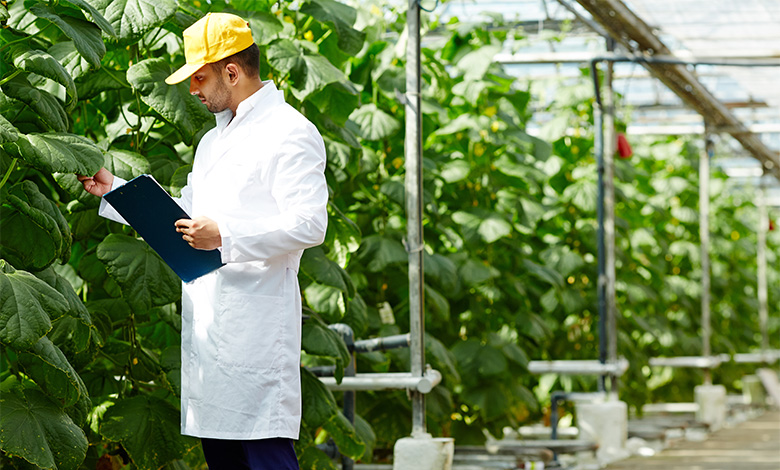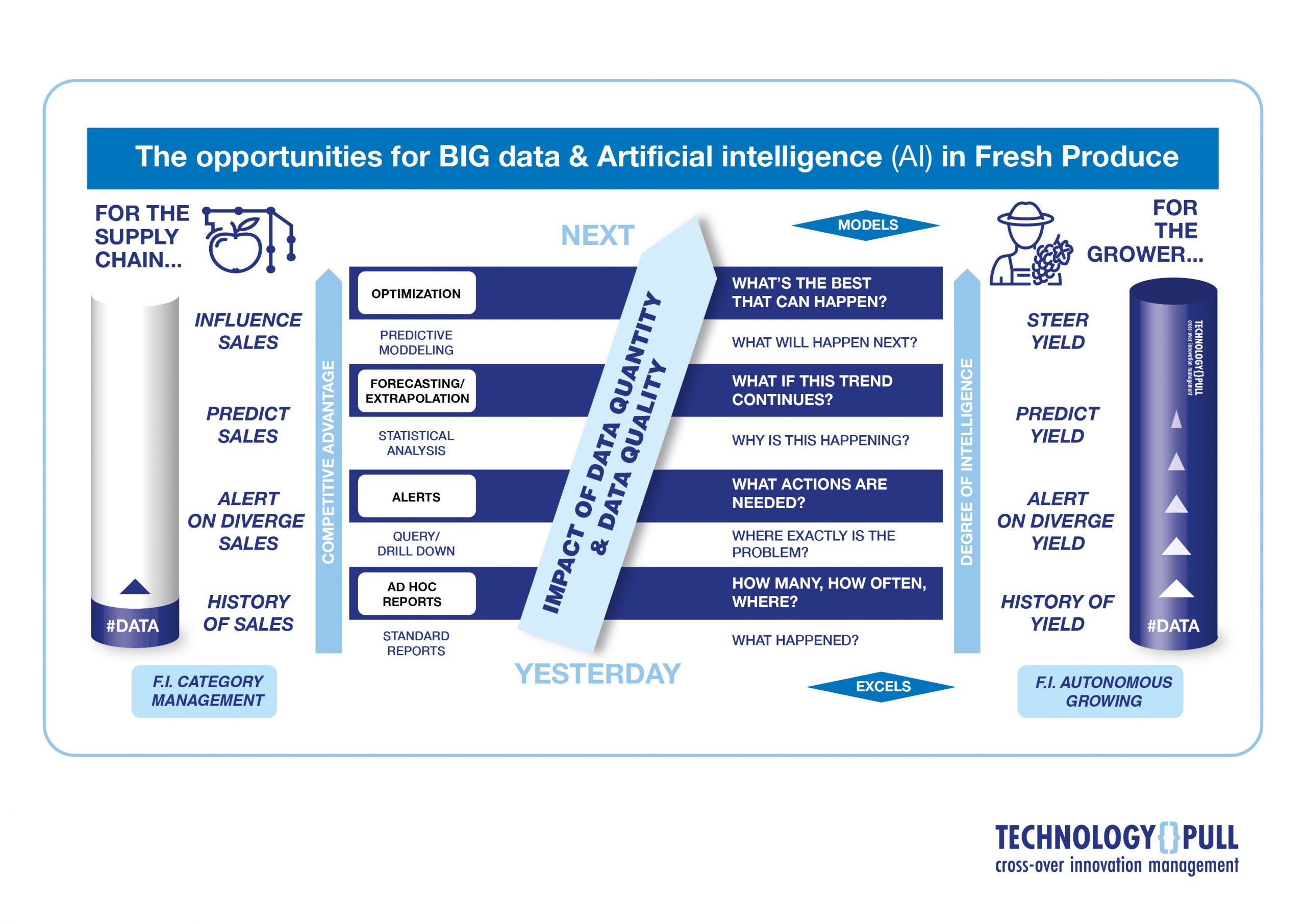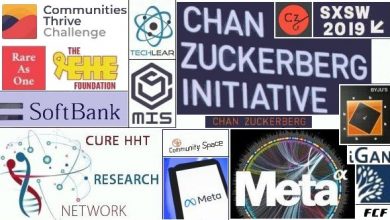
As part of my preparation for the state of #hortitech talks during ,,International Conference on Innovation in Agriculture, Food and Biological Systems in the Digital Ag” next month, I made an overview of where we stand, what happens and what doesn’t and where the challenges lie in my opinion. No scientific analysis, but one of “standing in the greenhouse with a farmer’s mind” and seeing what happens in the horticultural world.

SINGLEPLANT
The development of sensors and precision growing often involves the idea of individual plant control. However, here we seem to miss the connection with practice. A valve area in a greenhouse is often 5000 m2 or more. A screen control area often too. This is simply the smallest control unit with which we can control, for example giving fertilizers. In order to achieve individual plant control, however, a system innovation of the cultivation system is necessary whereby, for example, water can be supplied per plant or per row? This, for example, by WIFI-controlled valves per row.
SENSORS
There are more and more sensors that generate increasingly refined data for the grower. Real-time measurement of the various concentrations in for example drain water or substrate slab is possible. Sensors on a stoma or inside the plant are no longer a dream but are being developed. However, the question is what all this information contributes to improve cultivation.
AUTONOMOUSGROWING
The developments in autonomous cultivation are going fast. Technology and control models are there. But the question is if we have the right growth models for Artificial Intelligence crop-management. But, the enormous flight that vertical farming is taking and the knowledge developed for this, is leading to an acceleration of these crop-models.
DIGITALSCOUTING
Camera technology combined with Artificial Intelligence models makes digital scouting usable for the grower. Use of this technology gives the possibility that a crop manager can carry out his crop checks in a more focused way. Various approaches routes for using this technology are available. From fixed cameras in the crop that, for example, detect traces of mildew, cameras on pipe rail trolleys that send a complete digital image of the crop to an analysis system, or drones that fly over the crop in the field and make an image.
CROPROBOTS
As a result of the developments in digital scouting, the camera technology and connected models, crop robots that perform crop treatments are no longer far away. Root cutting in apples and pears is already possible. Hereby image analysis are made to decide which trees should be cut. Interesting is also development where, for example, drones are used for pollination in tomatoes.
YIELDROBOTS
If I talk to growers, their greatest need is to harvest with a harvesting robot. In some crops and areas produce is not yielded due to labor shortage. The investments in this technology are huge worldwide. From international technology groups, investors from outside the horticulture world. Or even Google. All see opportunities in these developments and finance startups. But the question is whether we make a thinking error to this regard. Are our current cultivation methods suitable for robotic harvesting? Or do we need to change to a system innovation in growing to make this possible. Consider tomatoes on a trellis screen instead of high wire or the 1D apple tree.
DRONES
The development in the use of drones to collect data is going fast. Even in a covered crop they are on the rise. But for the use in open field we still have a hurdle to take. Drones must be operated by pilots (with a special training) and you may only fly if there is no danger to aviation, windmills and more. For one of the most important test location of drones in Dutch agriculture, even an airport status license has been given, including “runways” and “control tower”.

DATAQUALITY
An important problem when working with data is that the data must correspond to reality. It is nice to make models, but if the data used for this is not reality, is incomplete or sometimes missing, big data in our industry will not work. In addition, it is essential that information standards supported by the entire chain following the arrival of circular agriculture is used. There are major challenges here.
In summary, we have arrived at an interesting phase of our horticultural world. We must realize that technological innovation does not travel alone. System innovation and Social innovation must follow. After all, it is not a TECH for crops, but CROPS for tech. And all this in an “infinite game” where new “tribes” have to be built in the playing field. But with a dilemma.
By Harrij Schmeitz
Owner & Chief Dream Officer Technology{}Pull
Chairman Smart Horticulture Global & Asia











